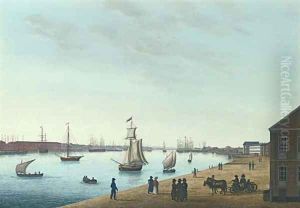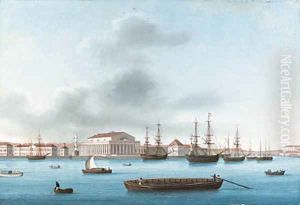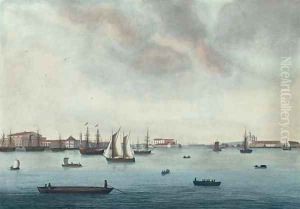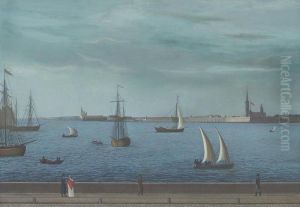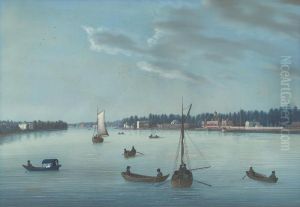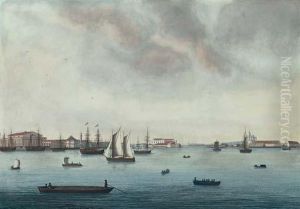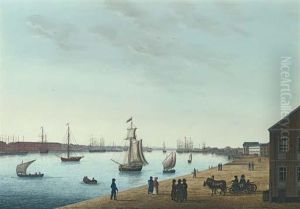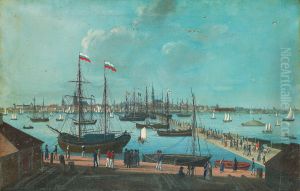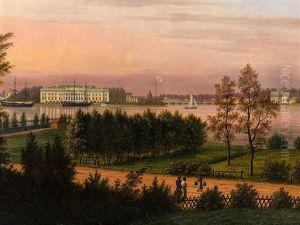Johann Wilhelm Gottfried Barth Paintings
Johann Wilhelm Gottfried Barth was a German artist, primarily known for his contributions as an engraver. Born in 1779, Barth embarked on his artistic journey in a period marked by significant transitions in European art, navigating through the influences of Neoclassicism and the burgeoning Romantic movement. His work, which includes a wide range of subjects from portraits to landscapes, reflects the technical skills and aesthetic sensibilities of his era.
Barth's education and early career are somewhat shrouded in mystery, as detailed records of his apprenticeship and initial artistic endeavors are scarce. However, it is known that he was active in Germany, a country with rich artistic traditions and home to numerous art academies and workshops. This environment provided a fertile ground for Barth's development as an engraver, allowing him to master the intricate techniques required for his craft.
Throughout his career, Barth contributed to various publications and projects, showcasing his ability to capture both the likeness and the spirit of his subjects. His engravings were not only appreciated for their artistic merit but also for their role in disseminating works of art to a broader audience. This was particularly important during a time when access to original artworks was limited to the wealthy and the elite.
Despite his contributions to the art world, Johann Wilhelm Gottfried Barth remains a relatively obscure figure, with his life and work receiving limited scholarly attention. His death in 1836 marked the end of a career that, while perhaps not as celebrated as that of some of his contemporaries, contributed to the rich tapestry of 19th-century European art.
In sum, Barth's legacy is that of a skilled engraver who navigated the artistic currents of his time with proficiency and contributed to the cultural heritage of Germany. His works, though not widely known, offer insight into the artistic processes and aesthetic values of his era.

